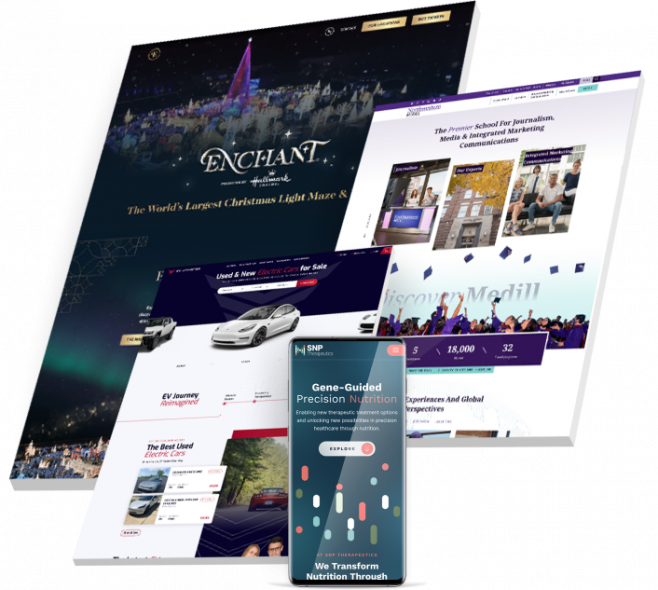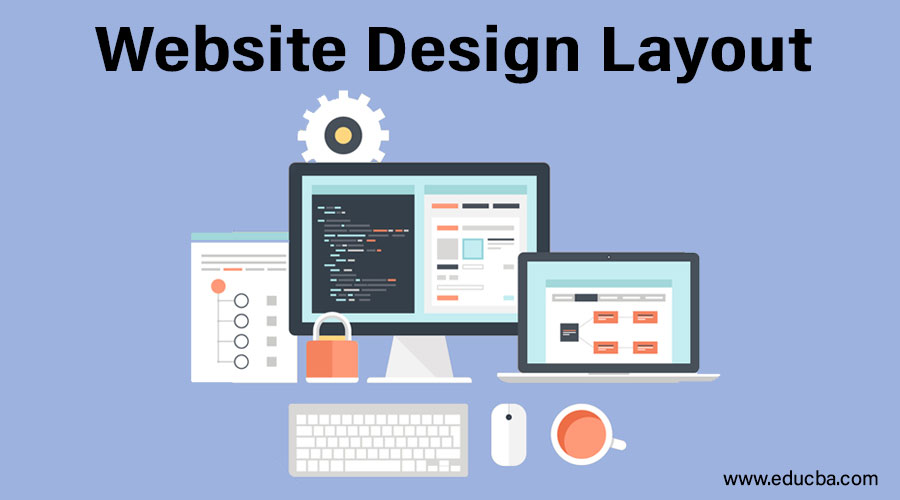Modern Site Style That Captures Attention and Converts
In a significantly electronic landscape, modern site design has emerged as a critical factor in capturing user focus and driving conversions. As we discover these vital elements, it becomes clear that recognizing their interaction can dramatically influence an internet site's efficiency and individual satisfaction.
Relevance of Visual Hierarchy
Aesthetic power structure is an essential element in website style, as it overviews customers' attention and improves their general experience. By strategically arranging web content, designers can direct individuals to one of the most vital info initially, consequently raising involvement and improving use. Efficient visual power structure uses various strategies, consisting of dimension, color, comparison, and spacing. Bigger components naturally attract the eye, while contrasting colors can highlight vital messages, making them attract attention among even more controlled parts.
Incorporating a logical circulation in web content arrangement is vital; as an example, positioning one of the most vital information on top of a web page cultivates instant acknowledgment. In addition, constant use typography, such as varying font sizes and designs, aids establish a clear web content framework. This company not just help in navigation yet likewise constructs depend on, as users really feel a lot more comfortable when they can conveniently find what they are seeking.
Inevitably, a well-executed visual power structure not just improves visual charm yet likewise substantially affects user habits. By prioritizing necessary aspects and making sure a seamless experience, developers can efficiently transform visitors into consumers, reinforcing the value of this fundamental design principle in modern website development.
Responsive Layout for All Instruments
Developing a seamless experience throughout numerous devices is crucial in today's electronic landscape, where users accessibility web sites from tablet computers, mobile phones, and desktop computers alike. Responsive design is a crucial technique that ensures sites adapt fluidly to different display resolutions, orientations, and sizes. By utilizing flexible grids, pictures, and CSS media questions, developers can produce formats that preserve visual integrity and functionality, no matter of the tool being made use of.
The significance of responsive layout prolongs past looks; it directly affects individual engagement and conversion prices. A website that operates well on all devices encourages longer check outs and lowers bounce prices, as customers are most likely to connect with content that is simple to navigate. Moreover, internet search engine, specifically Google, focus on mobile-friendly sites in their positions, making receptive layout a crucial part of search engine optimization (SEO)
Integrating responsive style not just enhances individual experience yet likewise improves the growth process. By creating a solitary website that functions throughout devices, services can conserve time and resources contrasted to developing separate mobile and desktop computer versions. Eventually, receptive style is an essential strategy for contemporary site style, ensuring access and contentment for all users, no matter their gadget.
Engaging Interactive Components
While a responsive style prepares for a practical website, incorporating appealing interactive components is vital for recording customer attention and cultivating much deeper connections. Website Design. Interactive components, such as animations, quizzes, and clickable infographics, develop a much more vibrant individual experience, encouraging visitors to this spend more time on the website
Including interactive features can additionally lead customers through complicated information, making it less complicated to absorb material. For example, interactive sliders can illustrate item variants, while ingrained video clips can supply presentations or testimonies that reverberate even more than fixed photos or text. Gamification strategies, like benefits for completing jobs or engaging with content, can boost individual motivation and retention.
Reliable use of interactive elements not only enhances the individual experience yet can additionally lead to higher conversion rates. It is necessary to stabilize interactivity with performance; overly complicated attributes might prevent site speed, negatively affecting user fulfillment.
Streamlined Navigating Practices
Efficient navigating is a cornerstone of any successful site, as it straight influences customer experience and web content ease of access. Structured navigating methods make sure that individuals can quickly find information, enhancing their interaction with the site. A well-structured navigating menu ought to be easy and user-friendly, normally including a limited number of key groups to prevent overwhelming visitors.
To achieve streamlined navigation, designers must focus on an ordered structure that rationally arranges web content. Implementing breadcrumb trails can give customers with context regarding their current area within the site, enabling smooth backtracking. Additionally, making use of drop-down menus can efficiently conserve area while still offering accessibility to subcategories.
Responsive design is essential, as navigation should be useful throughout all gadgets (Website Design). Mobile individuals, particularly, take advantage of touch-friendly food selections More hints and collapsible areas that maintain functionality without compromising visual appeals

Efficient Call-to-Action Methods
A well-crafted call-to-action (CTA) is necessary for assisting customers toward wanted outcomes on an internet site, as it urges them to engage with web content or purchase. To maximize their performance, CTAs should be clear, engaging, and tactically placed throughout the website.
First, utilize action-oriented language that connects necessity or worth, such as "Begin," "Join Currently," or "Claim Your Discount rate." This language not just motivates customers but additionally sets clear assumptions about the following steps.
2nd, think about design components; CTAs must attract attention aesthetically with contrasting colors, ample whitespace, and prominent positioning. A switch that is easy to see and click rises the probability of user communication.
Furthermore, individualizing CTAs based on user actions or demographics can dramatically improve involvement. Tailored messages reverberate extra with customers, driving higher conversion rates.

Conclusion
In final thought, modern web site layout emphasizes the combination of aesthetic hierarchy, responsive designs, involving interactive components, structured navigating, and effective call-to-action techniques. These elements jointly boost customer experience, guaranteeing that site visitors continue to be involved and motivated to explore material additionally. By focusing on these design principles, organizations can dramatically boost user retention and conversion rates, ultimately causing better success in the electronic landscape. The continuous evolution of website design highlights its critical role in efficient on the internet interaction and advertising and marketing.
In a significantly electronic landscape, modern website layout has arised as a critical variable in capturing user focus and driving conversions.Visual hierarchy is an important element in site design, as it guides users' focus and improves their overall experience.The relevance of receptive layout extends past aesthetics; it directly influences individual engagement and conversion prices.Including receptive style not just improves Recommended Reading user experience but additionally enhances the development procedure. Ultimately, receptive design is a basic technique for modern website design, ensuring ease of access and contentment for all customers, no matter of their tool.